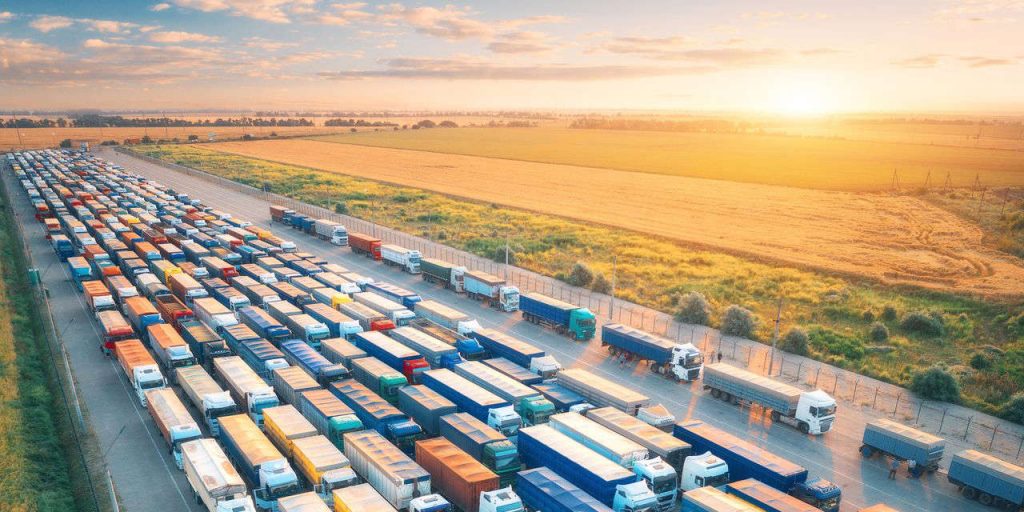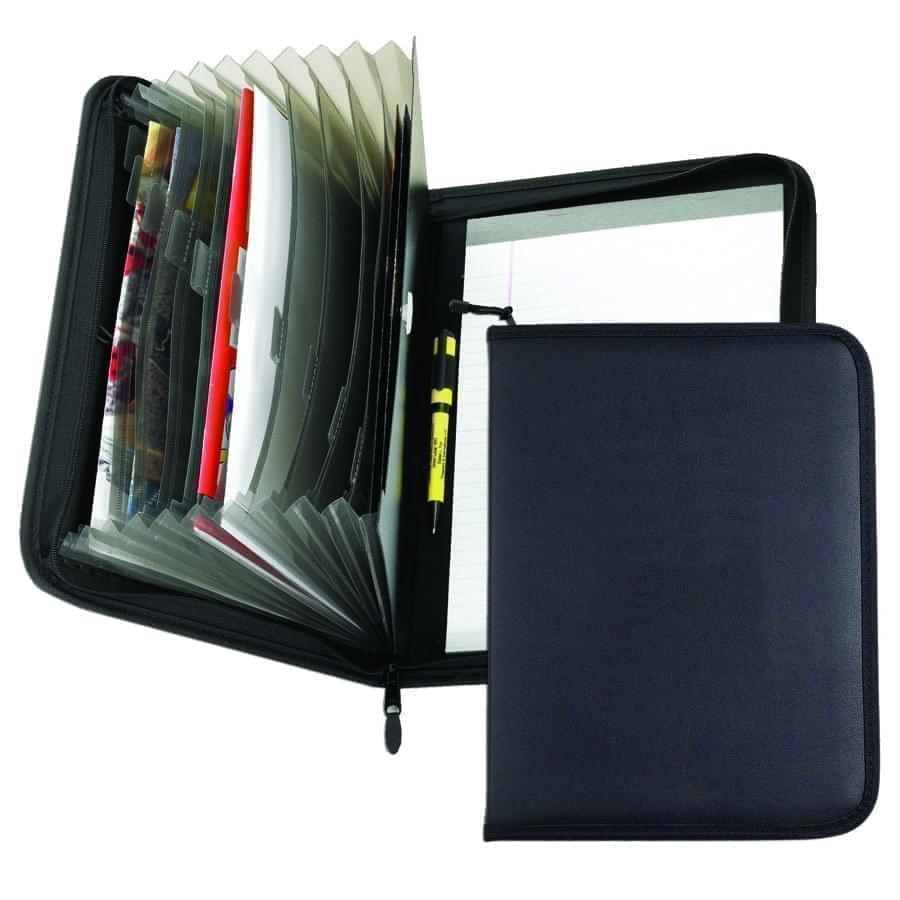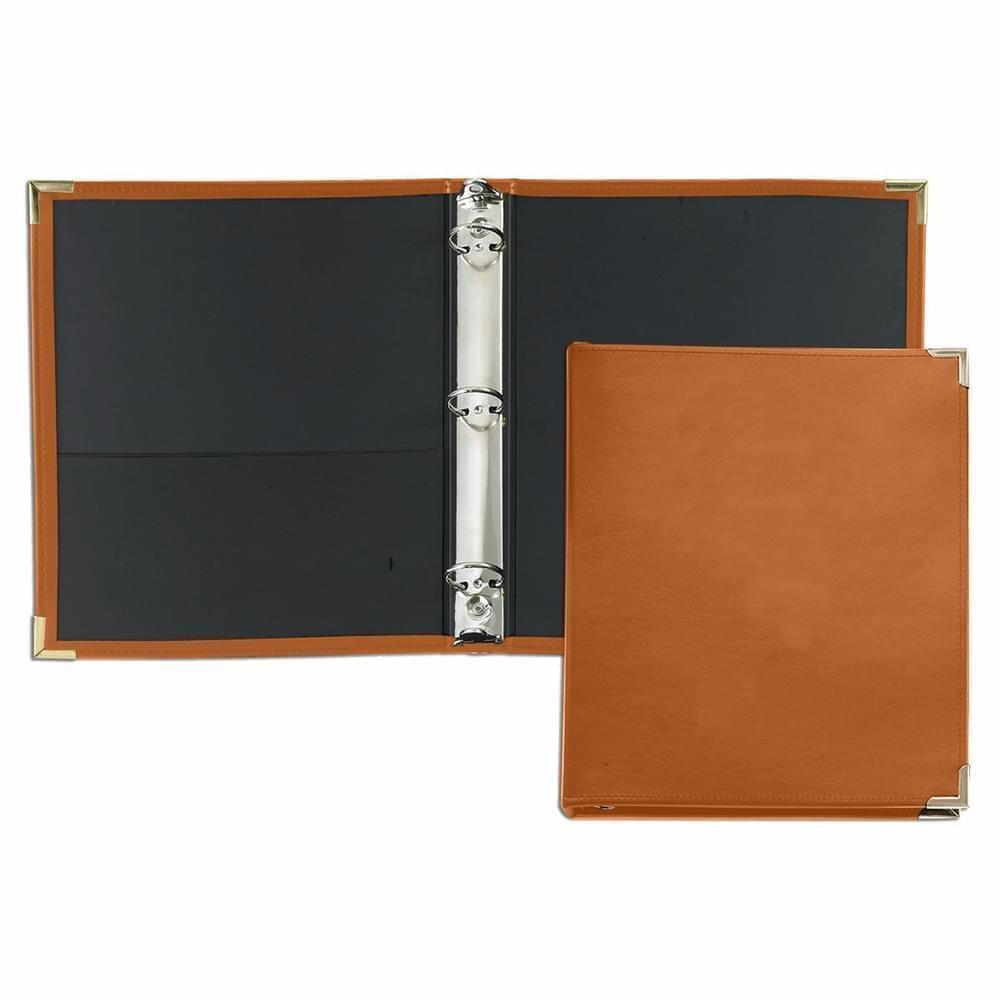
Until fairly recently, the majority of Americans didn’t think twice about the supply chain. If we wanted something, we would put it on a shopping list, go to the store, and somehow that thing would just… be there.
The phrase “supply chain” is now synonymous with a roulette wheel — sometimes the products you want are there, other times, products are out of stock.
But that’s not the entire story. The other supply chain problem is the talent supply chain of skilled labor.
While many industries are confronting a labor crunch, transportation’s talent supply chain is facing a triple threat of labor shortages that begin with recruitment and retention challenges, compounded by an imminent retirement wave, and coupled with a coming technology transition.
Just as $1 trillion of federal spending to rebuild the nation’s infrastructure is set, there is a shortage of construction workers to repair crumbling roads, ports, and rails. According to an analysis by the Associated Builders and Contractors, there were 396,000 open construction jobs in March 2022 — a full 60,000 more than the year before.
Furthermore, the coming electrification of the transportation system will ultimately require a new workforce, as well as training a new generation of workers to maintain electric vehicles and robotic systems.
Moreover, to successfully integrate the nation’s power infrastructure with the transportation system will need a specialized workforce to build, operate, and maintain an electricity generation and distribution system will also be required to meet unprecedented power demands.
The opportunity is for younger workers who have a knack for mechanics — jobs, and wages, across the transportation sector will probably surge.
There’s a lot more. Read here.

 Dad Caps
Dad Caps
 Five Panel Hats
Five Panel Hats
 Mesh Back Hats
Mesh Back Hats
 In Stock Blanks
In Stock Blanks
 Snapback Hats
Snapback Hats
 Stretchfit Hats
Stretchfit Hats
 Duffel Bags
Duffel Bags
 Backpacks
Backpacks
 Tote Bags
Tote Bags
 Computer Bags
Computer Bags
 Sling Messenger Bags
Sling Messenger Bags
 Cooler Bags
Cooler Bags
 Cuff Hats
Cuff Hats
 Beanies
Beanies
 Scarves
Scarves
 Zipper Folders
Zipper Folders
 Stitched Folders
Stitched Folders
 Accordion Folders
Accordion Folders
 Ring Binders
Ring Binders
 Letter Folders
Letter Folders
 Clipboards
Clipboards

 Union Made In USA
Union Made In USA






